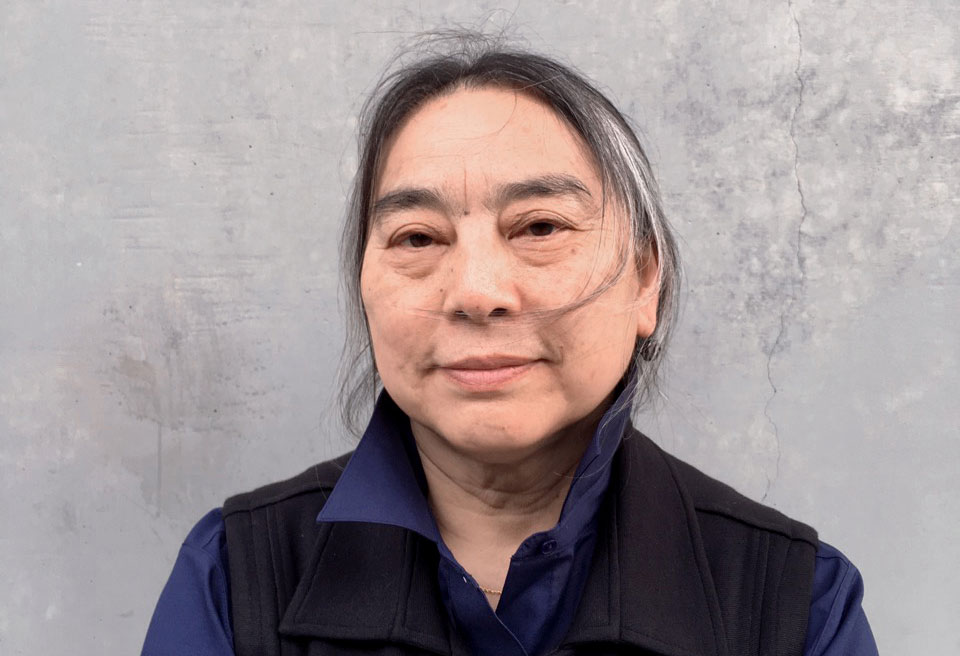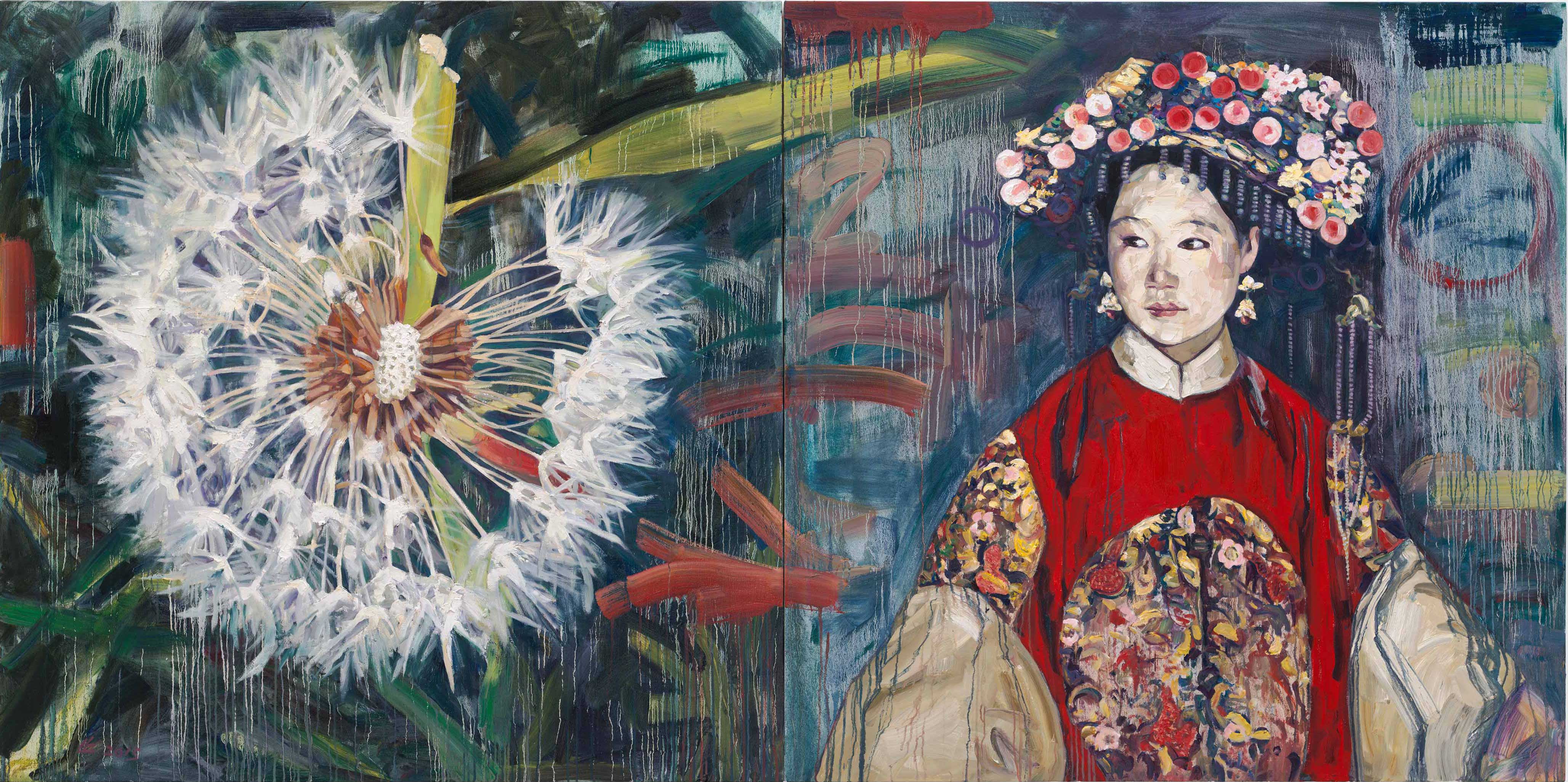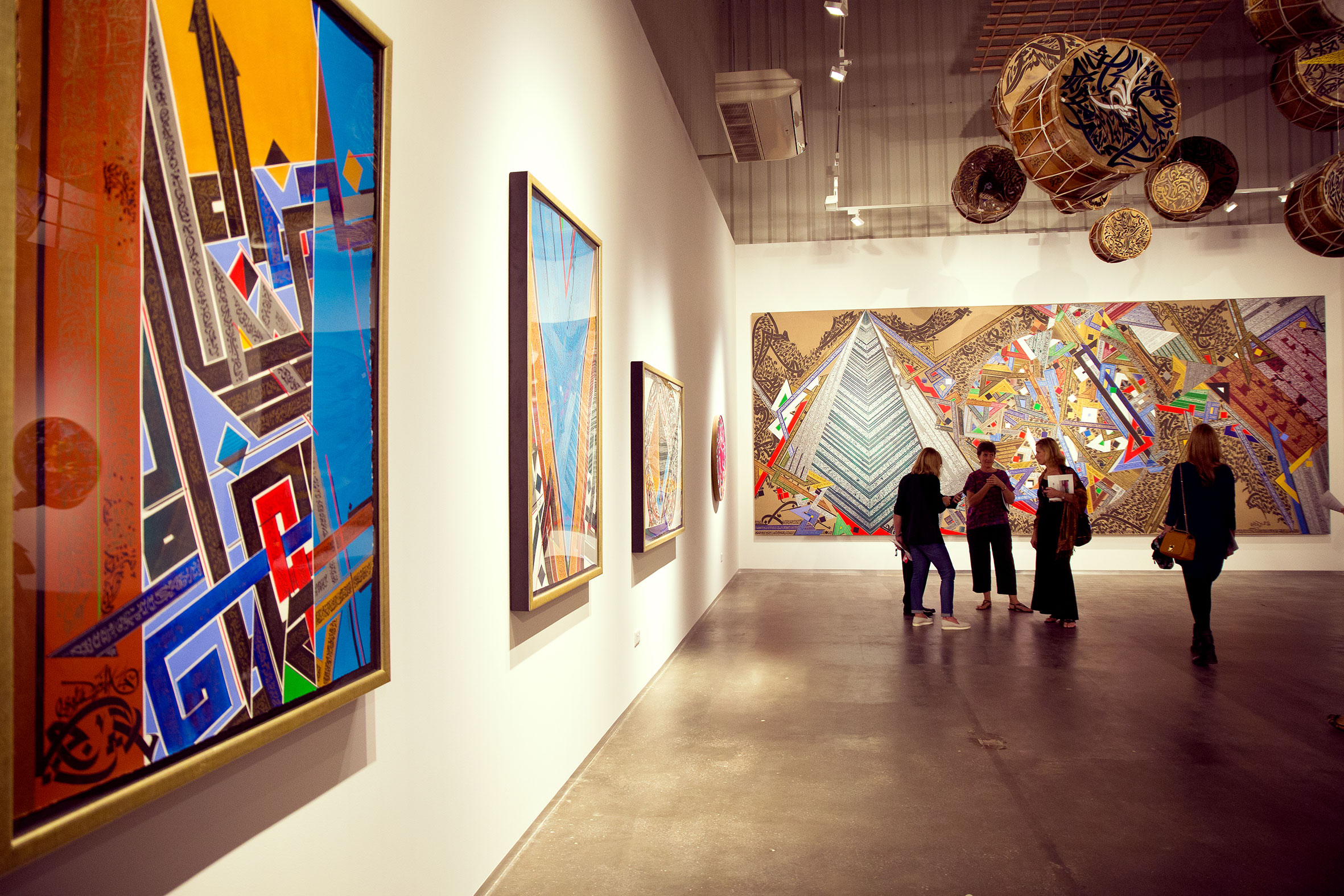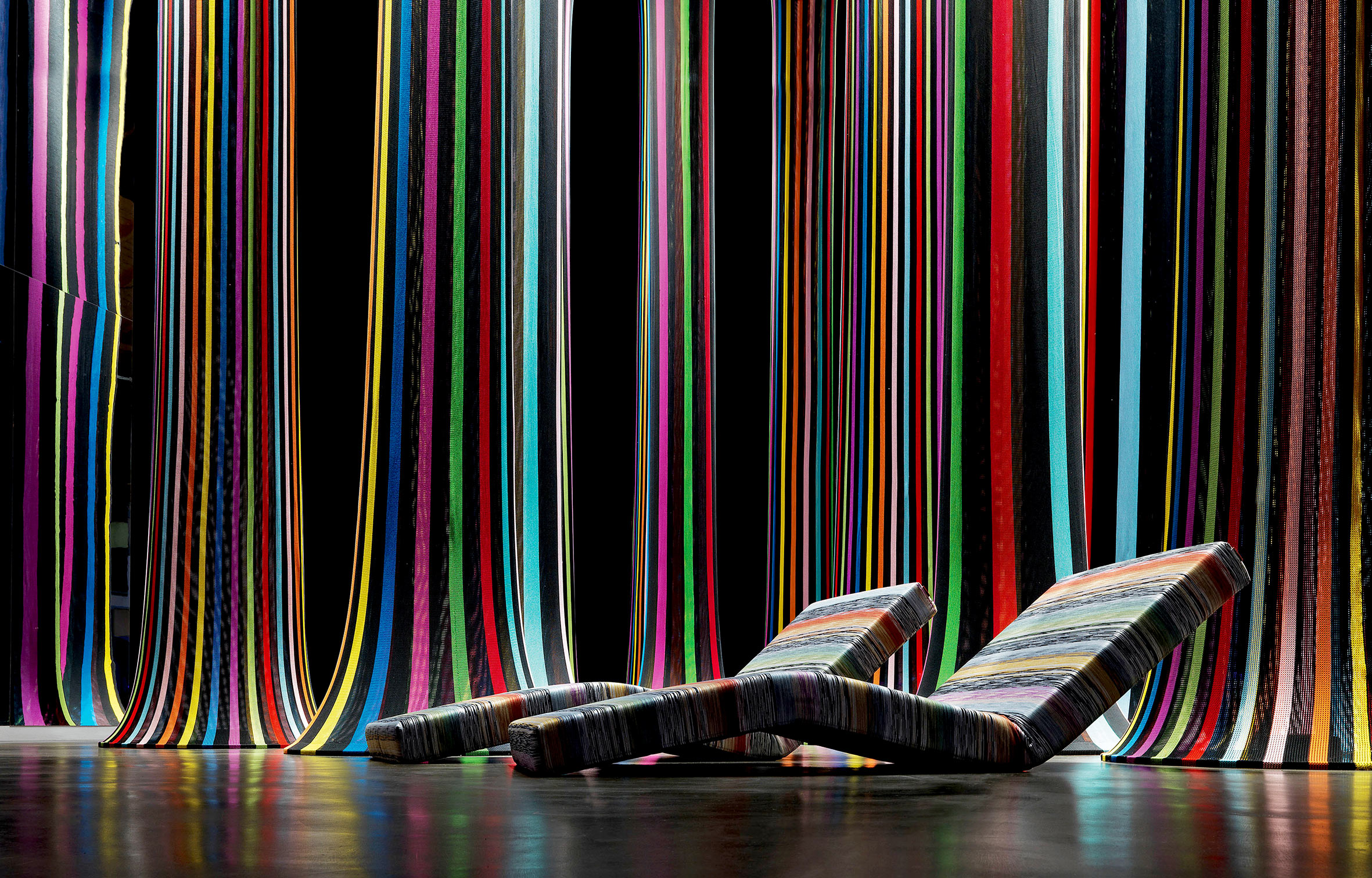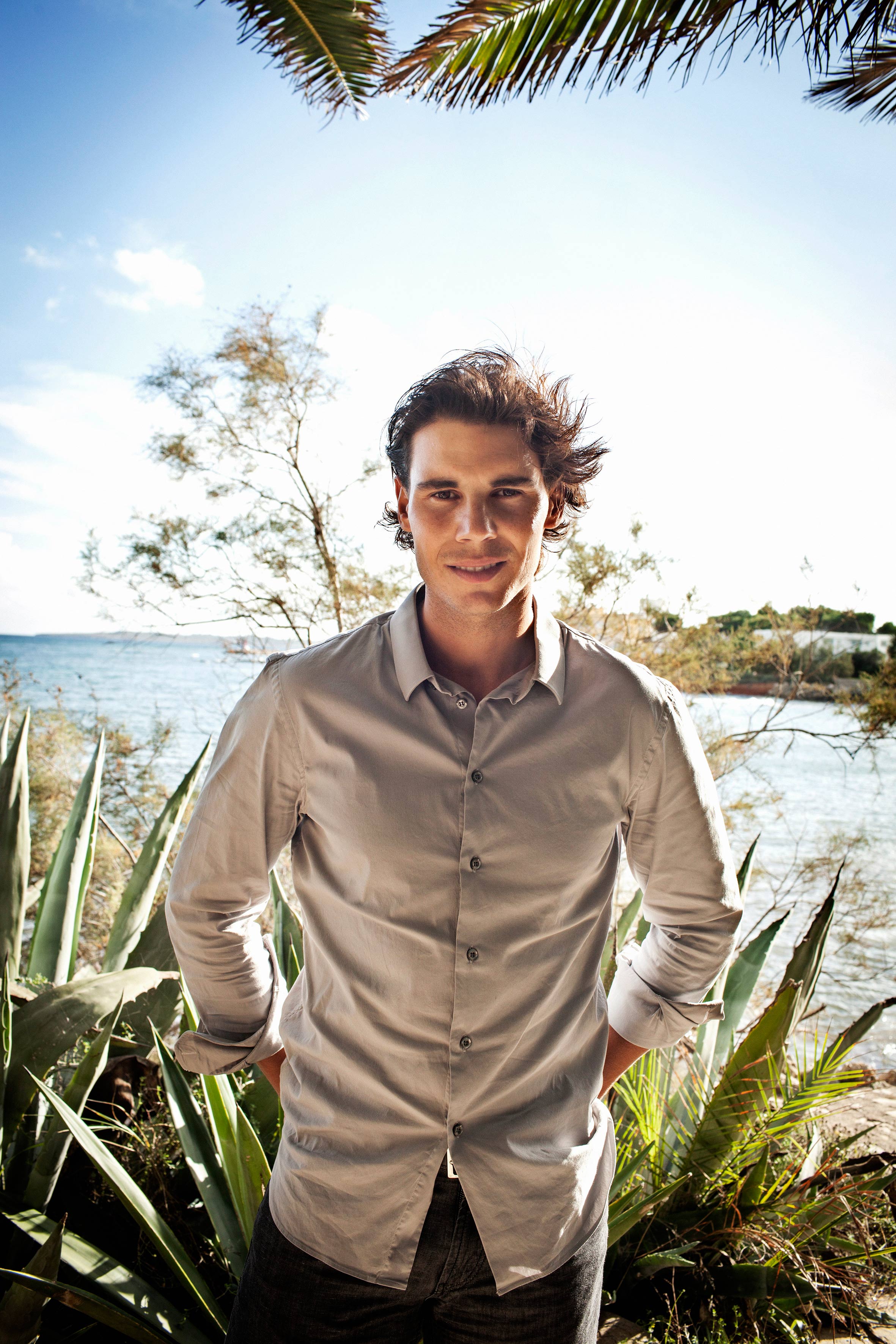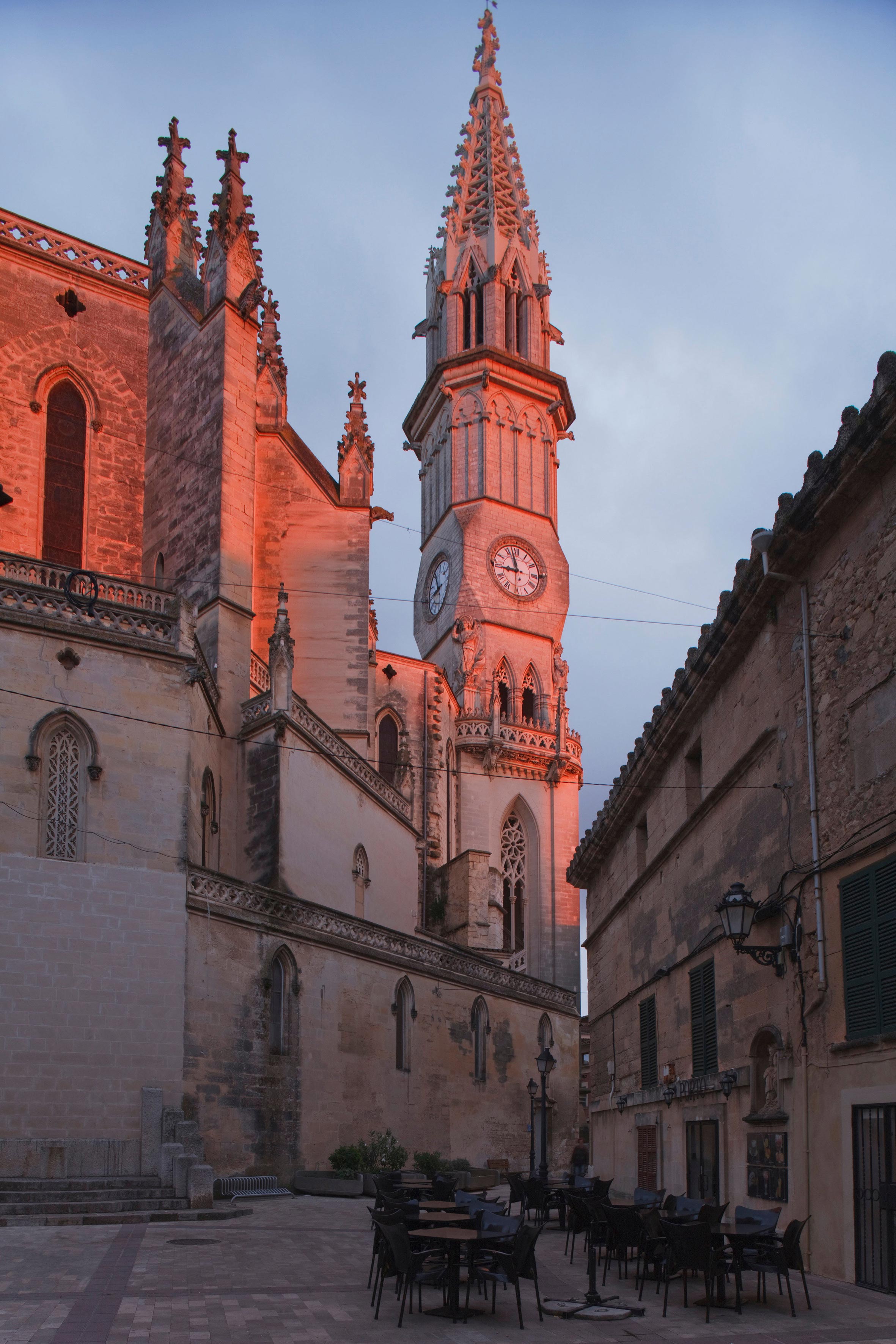Seated at the rustic boardroom table of his studio in the heart of New York’s Garment District, Jason Wu appears calm and relaxed, not at all like someone who has just shown two collections at New York fashion week: a ready-to-wear line for Hugo Boss and his eponymous line, Jason Wu. But don’t let the calm exterior deceive you. This is a man whose drive and ambition saw him designing dresses for dolls as a child in his native Taiwan, a hobby that led to the creation of the Fashion Royalty doll collection, right through to designing the dress that Michelle Obama wore to the 2009 Inauguration Ball, and to his current heady heights as one of the world’s leading designers. That inauguration dress is now in the Smithsonian Museum, which to Wu sums up the scale of his achievement. “When I moved to America to be a fashion designer, I never imagined I’d become part of American history,” he said last year.
Making clothes for dolls gave Wu a grounding not only in the creative side of fashion but also in manufacturing, marketing, intellectual property, business – the many pieces of the jigsaw that make up a successful brand. It was only a matter of time before he would graduate to full-scale frocks. In 2007, at the age of 25, the designer – who had moved to New York seven years previously to attend Parsons School of Fashion – launched his first ready-to-wear collection, instantly catching the eye of the most powerful woman in the fashion industry, U.S. Vogue editor Anna Wintour. “At the time I was starting out there was a lot of streetwear around,” he recalls. “It was a lot edgier than what I do, which is uptown and polished. But Anna and the team were very supportive. It helped me embrace my aesthetic and gain the self-confidence to be different.”
Wu’s description of his signature style as “uptown and polished” certainly hits the mark – no wonder Michelle Obama became a fan. “Having anyone in the public eye support you is instrumental to a brand,” he says, “but when it’s someone like the First Lady, it’s an incredible honor.”
Wu credits his mother, a bestselling author in Taiwan, with teaching him about style and the profound empathy he feels towards women. “I really care about the way a woman feels in my clothes,” he says. “I think that’s very important, because if a dress isn’t about the woman wearing it, what is it about?” Women, in turn, respond to the wearability and femininity of his clothes. Actresses Lupita Nyong’o, Jessica Chastain, Michelle Williams and longtime muse Diane Kruger all wear Jason Wu on the red carpet, and these relationships mean a lot to him. “The idea of red carpet dressing has become so commercialized but we are an independent brand, so for us the relationship is meaningful, not just an endorsement.”
Part of the appeal is that Wu’s clothes are not too aggressively trend-led, which gives them a more lasting appeal. He’s also a firm believer in the value of luxury, talking at length about this much-debated concept. “Luxury isn’t something that only lasts for one season,” he says. “It’s timeless and it takes time to create. I believe we should move away from trying to be the fastest or first – it should be things of substance we invest in.”
Since 2013, while creating his own line, Wu has been a creative director at Hugo Boss, overseeing the entire womenswear range. The appointment was greeted with a certain amount of surprise: after all, Wu’s gowns are all old-school glamour and femininity whereas Hugo Boss has a reputation for streamlined womenswear with a masculine edge. Yet it was that contrast that drew Wu to the project in the first place. “I like the fact that it’s not somewhere people would have placed me,” he declares.
Luxury and elegance, always interpreted with a contemporary sensibility, run through both collections, which is why Wu is drawn to show in spaces that embody these qualities. In the past, he has chosen to show his collections at The St. Regis New York, which reminds him of the 1950s: the era he would most like to return to. “I love it,” he says. “The shape, the clothes: it was a really glamorous time. Not just the fashion, but refrigerators, cars, furniture; the whole thing to me is irresistible.” In fact, after showing at the hotel in 2010 (“It’s so refined – I loved showing my collection in such a landmark”), Wu became an ambassador for the brand – a St. Regis Connoisseur – and has, to date, designed a bag and scarf for St. Regis.
His creative ambitions don’t end there: in addition to designing four collections a year for his own line and four for Hugo Boss, he wants to expand the Jason Wu line, “to really establish a lifestyle brand”. Despite his hectic schedule, Wu did recently manage to squeeze in a family reunion holiday at The St. Regis Bali Resort. “It was great,” he sighs. “The first time we’d all been together in a decade; everyone is just so busy.” Sadly, it may be some time before the next get-together. When asked about his work-life balance, he lets out a rueful laugh. “I don’t have one! But then, I’m not sure any designer would say they do. I’m not too upset about it. My work is my life, it’s my passion. So for now the work-life balance will have to wait.”
Images: Getty Images, Dan Lecca










